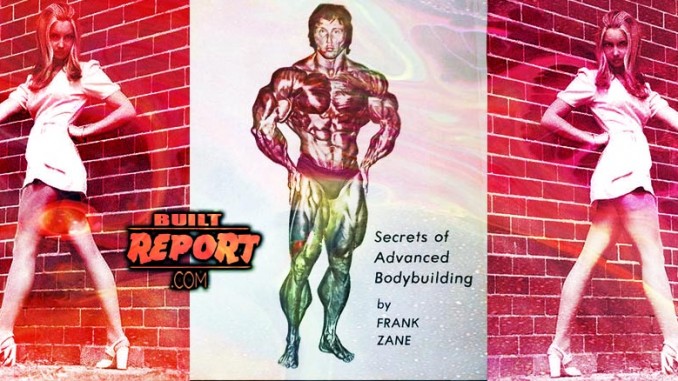
Jurassic Gorilla https://jurassicgorilla.com
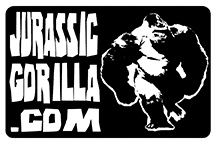
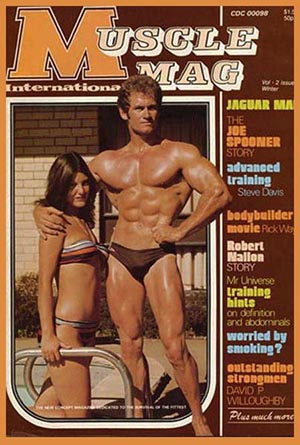
Robert Nailon, the Australian bodybuilder and artist, occupies a unique place in the annals of bodybuilding history. His dual talents of sculpting the human physique through weights and capturing it on canvas are not only a testament to his artistry but also a window into the bodybuilding world of his time. Having had the privilege of training alongside legends like Frank Zane, Larry Scott, and Arnold Schwarzenegger, Nailon’s story is a captivating journey into the world of muscle, art, and inspiration.
To many, Robert Nailon is a name associated not only with the iron but also with the brush. His ability to paint the human form, particularly the physiques of renowned bodybuilders, is a testament to his intimate understanding of the aesthetics and nuances of the sport. Nailon’s talents as an artist are perhaps best exemplified by his iconic painting featured on the cover of Frank Zane’s training booklet, “Secrets of Advanced Bodybuilding.” This artwork was a visual embodiment of the secrets to building a superior physique that Zane wished to share with aspiring bodybuilders.
What sets Nailon’s art apart is his ability to exaggerate, highlighting specific attributes of the bodybuilder’s physique. His famous rendering of Frank Zane, for instance, portrays a Zane with even more mass than the real-life champion. This exaggeration, while clearly artistic, emphasizes the potential of Zane’s remarkable physique. If Zane had genuinely possessed the additional mass depicted in Nailon’s painting, it would have propelled him well beyond the status of any other bodybuilder.
The juxtaposition of Zane’s already slight joints and narrow waist with the added mass underscores the uniqueness of his structural framework. This framework—comprising features like clavicle length—plays an integral role in creating a wide shoulder structure. In fact, some argue that Zane’s actual shoulder structure may have been wider than that of contemporary Mr. Olympia champions. While this doesn’t necessarily imply more muscle mass, it underscores the significance of skeletal components in determining a bodybuilder’s structural advantage. Additionally, Zane boasted small knee joints, a feature that accentuated the development of his calves, making them appear even more pronounced.
For those who admire Nailon’s work, his art isn’t just a collection of images; it’s a source of inspiration and motivation. Many in the bodybuilding community find themselves drawn to Nailon’s paintings in the same way they are to photographs of real bodybuilders. In this sense, art becomes a driving force, fueling their passion and commitment to sculpting their own bodies. Nailon’s work captures a moment in bodybuilding history and reminds us of the exciting possibilities that the sport held.
Sadly, the trajectory of modern bodybuilding hasn’t entirely followed the path that Nailon’s art seemed to predict. While some contemporary bodybuilders have indeed achieved impressive levels of mass, they often come with larger waistlines and emphasize thigh development over calf development. The iconic image of a bodybuilder with a tiny waist, well-developed calves, and extraordinary proportions—much like the ones depicted in Nailon’s artwork—has become a rarity in today’s competitive landscape.
Robert Nailon’s paintings serve as a reminder of a bygone era in bodybuilding, evoking a sense of nostalgia among those who long for the days when the sport seemed poised for a different direction. His art celebrates the elegance and artistry of the human physique, showcasing the idealized vision of bodybuilding that many once aspired to achieve.
In conclusion, Robert Nailon’s legacy is one that transcends the realms of both bodybuilding and art. His ability to capture the beauty and grandeur of the human form resonates with enthusiasts and athletes alike. While the bodybuilding landscape may have evolved, Nailon’s paintings remain timeless, immortalizing the dreams and aspirations of a generation of bodybuilders. His work continues to inspire, reminding us of the remarkable potential that exists within the world of muscle and art.
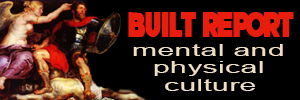
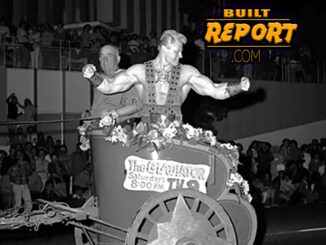
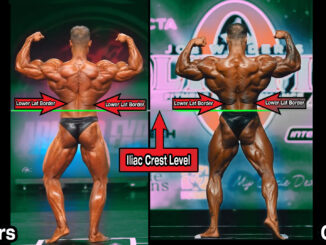
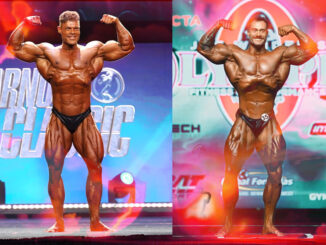
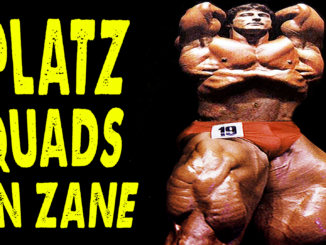
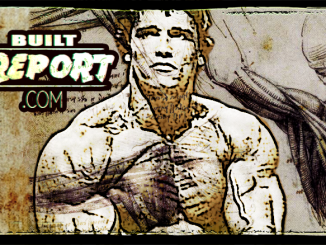
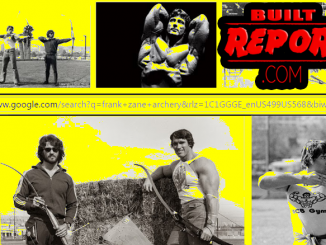
A long time ago before bodybuilding became a burgeoning growth industry bodybuilders exemplified the virtues of health, strength and beauty and the leading exponents of this lifestyle were truly herculean specimens of humanity.
Later after the advent of steroids In the so called “golden era” of this sport a similar set of ideals governed the judging criteria. A physique was judged not only on its muscularity but on its proportions and symmetry. A small waist coupled with wide shoulders gave the much desired classic “V” shape.
Physique stars then were easily accessible to common mortal man- who could identify and aspire to reach the standard on display. We were privileged to view some tremendously aesthetic looking physiques epitomised by competitors such as Frank Zane.
Somewhere along the line however things began to change for the worse. The importance of aesthetics became subordinated to the attainment of huge muscle mass and low digit body fat levels at any cost.
The sense of proportion and focus on aesthetics is now long gone. Instead we have many pregnant looking dudes with gorilla like butts onstage. ‘The vacuum” pose so prevalent in the golden age of yesteryear has completely disappeared. It is no longer performed because of the physical inability of the competitors to hit the pose due to their distended midsections.
The advent of insulin and growth hormone unfortunately spelled the end of aesthetics in this once great Art and sport.